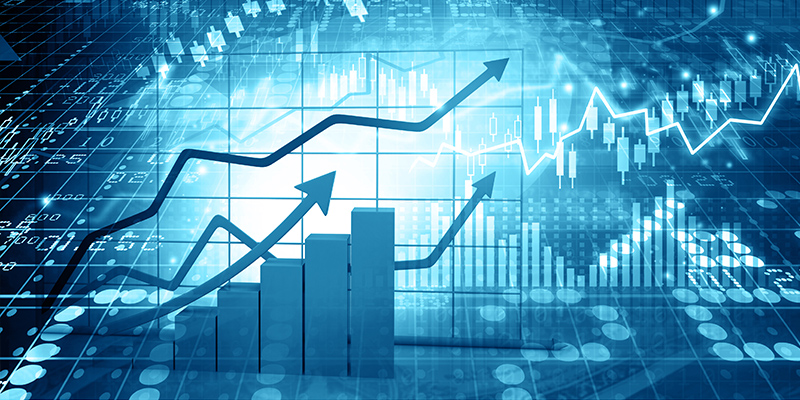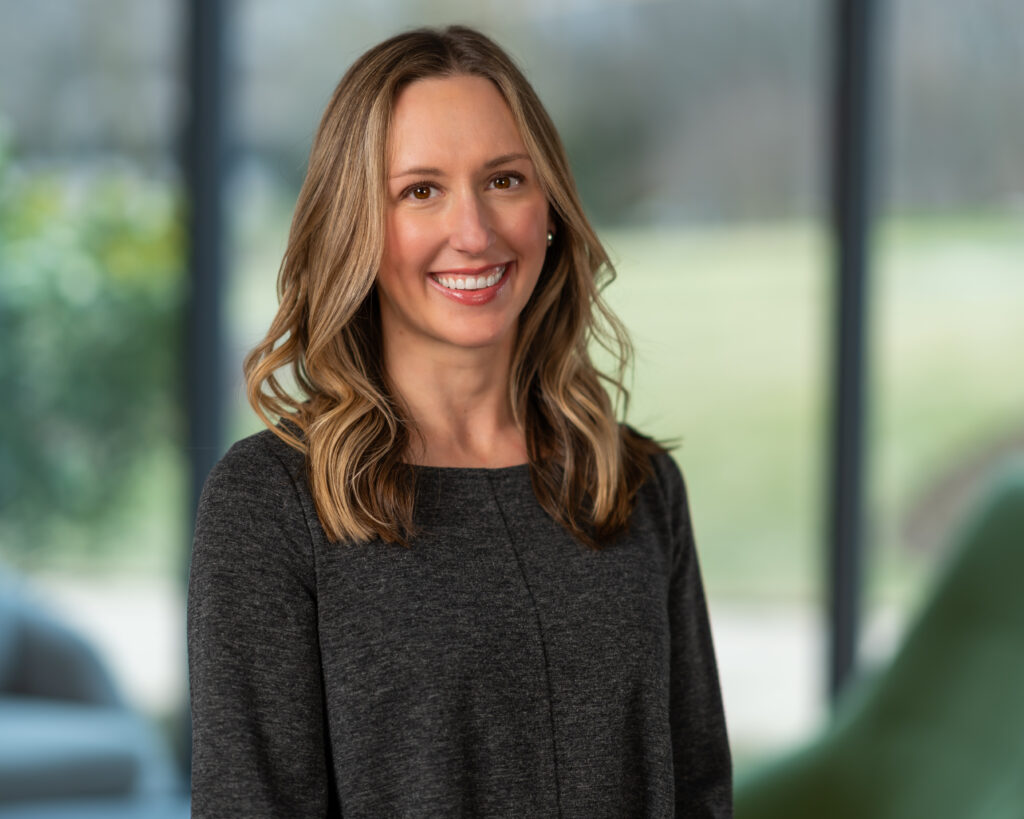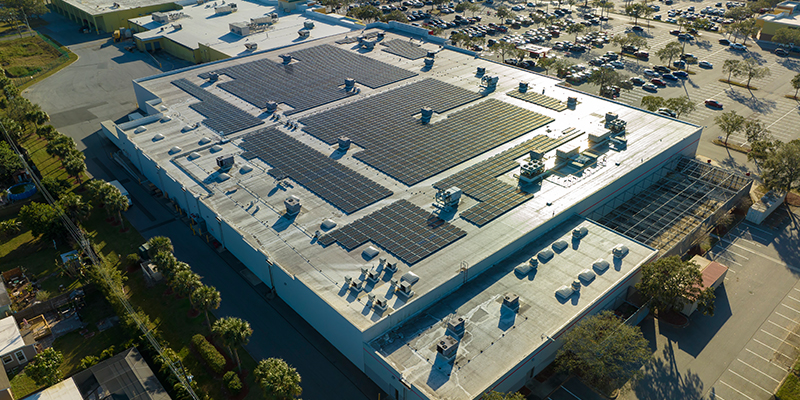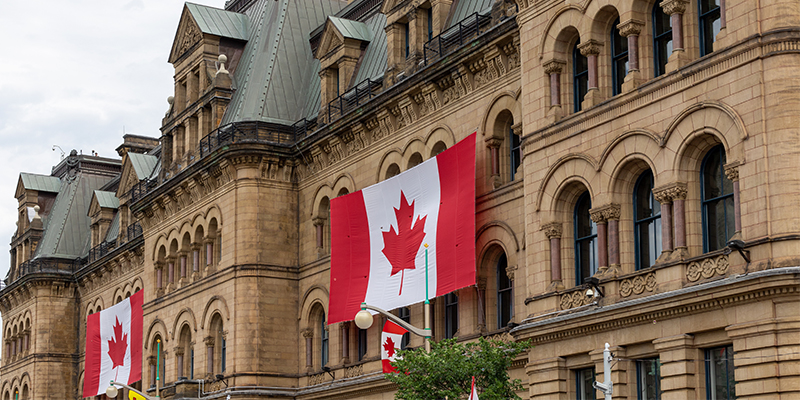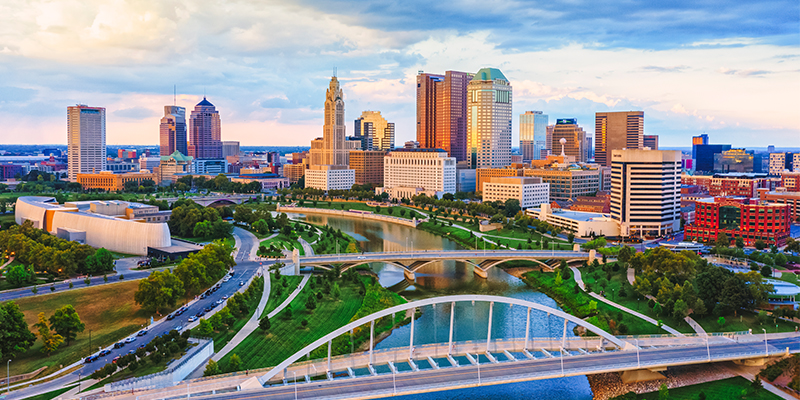At CRE.Converge this week, attendees had the chance to hear from Marci Rossell, expert economic forecaster, former CNBC chief economist and co-host of Squawk Box. Rossell spoke candidly on a broad range of topics from supply chain issues to the challenges in finding labor to the Russia-Ukraine war, and more.
A Question on Everyone’s Mind
Rossell kicked off her remarks by acknowledging the prevailing question: Is the U.S. economy in a recession? The traditional definition of a recession is two consecutive quarters of negative GDP, Rossell said, and GDP declined by 1.6% in the first quarter of the year and 0.6% in the second quarter of the year.
So, by that definition you might say the U.S. is in recession; however, while GDP is one very useful number in helping you measure economic activity, it doesn’t paint the full picture, she said.
“In order to truly experience a recession, a few other things have to happen – consumer spending has to outright decline, business activity and production have to decline. And not in just one area or one sector, but show decline everywhere, be broad-based.”
The Transitional Period
Rossell calls this year a transition period. “The economy in the wake of COVID-19 delivered a very unusual set of circumstances. Inflation is at a 40-year high. Supply chains are disrupted globally, and the labor supply is tighter than many of us have seen it in our entire lives.”
In light of this, the Federal Reserve is aggressively raising interest rates in an effort to bring economic conditions more in line with their long-run fundamentals. “In general, the U.S. economy over the long run is still characterized as what I’ll call a 2-2-2 world: 2% long-term growth, 2% inflation, and the appropriate Fed funds rate of 2-3%.”
“The transition back to that world is proving incredibly painful, particularly if you’re in an interest rate-sensitive sector. Is that anyone here?” she asked with a laugh.
Rossell said she believes the Federal Reserve is essentially front-loading interest rate increases, and that sometime in the first or second quarter of next year, as inflation numbers begin to meaningfully decline, the Fed will be able to move back to a long-term target rate somewhere between 2% and 3%.
U.S. Consumers are Better Off
Consumers are in better shape going into any downturn compared to where they were leading up to the Great Recession of 2008, Rossell said. Americans’ debt levels relative to their incomes are very, very low because they’ve saved so much over the last couple of years. “Back in June 2020, the savings rate in America hit 35% because we simply couldn’t spend money traveling or eating out.”
“So savings rates explode, and we go into this time where interest rates are rising, but personal balance sheets are in much better shape compared to where they were going into 2008,” Rossell said. And banks’ lending standards are completely different now than they were in 2005, 2006 and 2007.
“Even if house prices decline in the U.S., you still have so many people who have 20% down or, frankly, paid cash for their house, so you don’t have the panicked buyers who are rushing to sell. That’s what you’d need to have happen for house prices to decline.”
Inflation Rhymes with Recession
Rossell said she thinks what really worries people is inflation. “And because the two things [inflation and recession] rhyme with each other, they’re getting them confused,” she joked.
But recessions happen when economic activity declines – when consumers stop spending money. “This is not what we’re seeing,” Rossell said. It looks more like 2010, where a rising interest rate environment is causing credit conditions to tighten, and the most speculative projects aren’t able to get through.
“Which, quite frankly, I think brings an element of sanity back to financial markets,” she added.
Rossell said it looks as if inflation peaked in June of this past year at 9.5%, and with it now at 8.5%, it is indeed moving in the right direction. She stated what she believes is the most likely scenario: “Inflation keeps ticking down 100 basis points every two months, the Federal Reserve raises rates by 50 basis points every six weeks, and once inflation hits 5%, which should happen in about six months, it’s at that point that the Fed stops raising rates.”
The next six months are going to be tough, she said. But she doesn’t see it as a permanent condition.
Trouble in Europe
“Europe is on the verge of a very deep and difficult recession because their energy supplies are likely to be cut off at any moment,” Rossell said. The supply chain that they have been building for the past 30 years after the collapse of the Soviet Union is suddenly no longer available to them. “But they’ve had about nine months to at least begin to prepare for this,” she pointed out.
She added that she doesn’t think Europe can avoid a recession because Europe only grows at about 1% annually, and it’s not hard to slip into a contraction at that low growth rate. But she believes the recession will be much milder because they’ve had time to prepare.
The Demographic Fall-off
“The most long-term issue I believe we’re facing as businesspeople is the difficulty of attracting workers,” Rossell said. She pointed out that COVID-19 escalated the retirement of baby boomers – roughly 1.3 million excess retirements happened during COVID-19.
“Is anyone out there having success hiring young people? Anyone? Where are these young people?” Rossell asked the crowd.
“Millennials, as a group, were a huge demographic bulge, and they entered the labor force in 2008, 2009, 2010, right into a nasty recession,” Rossell said. “It gave this impression that there were unemployed people everywhere and labor was easy to find, because this huge group came into the labor market when the economy was in the tank.”
But this demographic trend did not endure. Now, every year, there are hundreds of thousands fewer people turning 18 than a decade ago. Following this staggering statistic, Rossell clarified: “The young people, the reason you can’t find them is because they aren’t there. They’re never going to be there. The demographic fall-off in this country is enormous.”
What that means is the balance of power between employers and employees has permanently shifted. The five-day workweek is moving to a four-day work week, candidates are demanding flexibility, and if a company isn’t offering that, “They go, ‘Okay, fine, because there are 10 other people who want to hire me anyway,’” Rossell said.
Office Real Estate
“In terms of pure office space, not warehousing and all that, I’m guessing it will settle down to where the necessary footprint will probably be about 75% of the pre-pandemic norm,” Russell posited.
The gradual shift will happen as leases expire and new offices are built. She emphasized that she doesn’t think the office is obsolete. “I don’t think the office dies. I’m not saying it goes to 25%. But its definitely not going to be 100% of where it was before.”
“The pandemic moved us, it kind of drop-kicked us 10 years into the future in terms of the way we live, work and play.”

This post is brought to you by JLL, the social media and conference blog sponsor of NAIOP’s CRE.Converge 2022. Learn more about JLL at www.us.jll.com or www.jll.ca.

